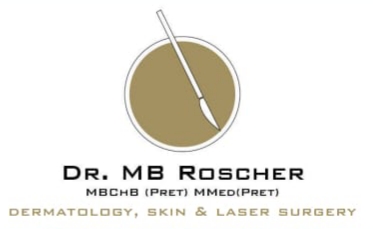LASER PEEL
Light Laser Peel with no discomfort and very little down time. Wonderful results instantaneously. Look and feel 10 years younger in a matter of days. Come in for a free consultation.
How It’s Done:
1. Anesthesia is given. Depending on the type and depth of the procedure, skin resurfacing may be performed using only a topical anesthetic (a cream which is placed on the skin’s surface to numb it). In this case, a waiting period is usually required before beginning the actual procedure, to allow time for the anesthetic to work. For deeper peels, the area may be injected with a local anesthetic. An oral sedative may be given to help you relax. In rare cases, or when other procedures are being performed in conjunction with resurfacing, IV sedation or even general anesthesia may be used.
2. The skin and surrounding areas are prepared. The skin is thoroughly cleansed, and any areas that will not be treated may be marked or draped to protect them. Usually, the patient will have some sort of barrier put in place to protect the eyes during the procedure. The skin is then slathered with a special gel substance to facilitate the movement of the device over the skin and improve conductivity of the laser energy.
3. Laser procedure is performed. The Co2 laser is an ablative laser, which means that it literally removes upper layers of damaged skin. Your surgeon passes a wand-like device over the areas to be treated, and the laser emits a beam of light which vaporizes the top layers of damaged skin in a precise and controlled manner.
4. Cooling preparation is applied. Many surgeons will apply some sort of cooling preparation to the skin for a brief period post-operatively. The purpose is to reduce swelling and discomfort.
5. Protective skin barriers are applied. Your surgeon will apply some sort of protective barrier to the skin. Sometimes, this consists only of a healing ointment and sunscreen, while other cases may require the application of bandages and/or a silicone dressing.
Recovery & Downtime :
It is generally recommended that the patient rest indoors for at least 7 to 10 days, except in the case of a very light peel. However, some people prefer to remain unseen by others until the worst of the redness, crusting, and/or peeling subsides. This time period can be from 2 weeks to 2 months, depending on the depth of your peel. Even if you do decide to return to work before healing is complete, you must absolutely continue to follow the recommendations of your surgeon in regards to sun exposure and the use of protective skin barriers.
